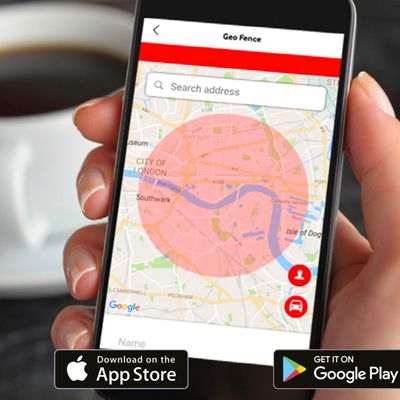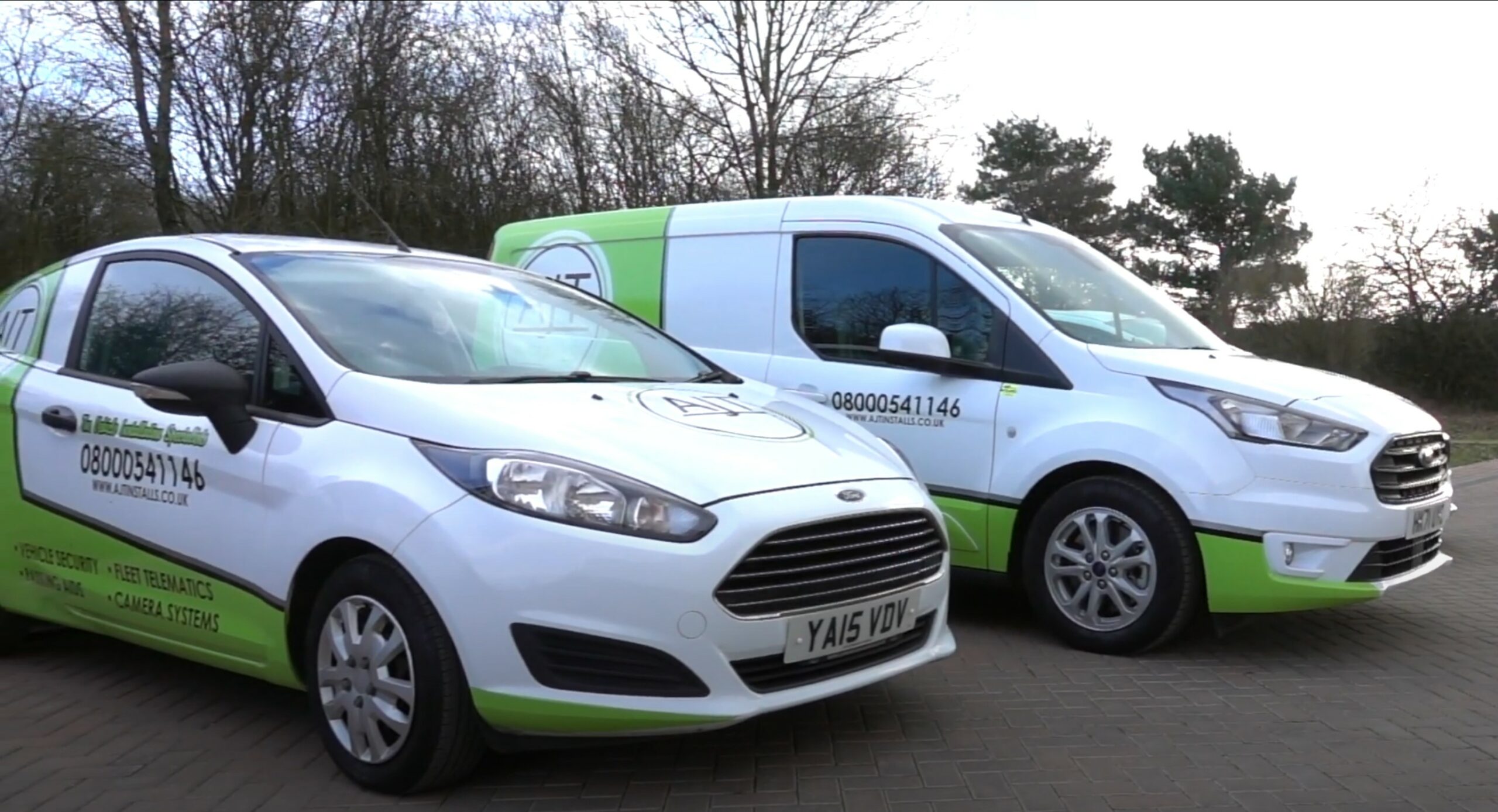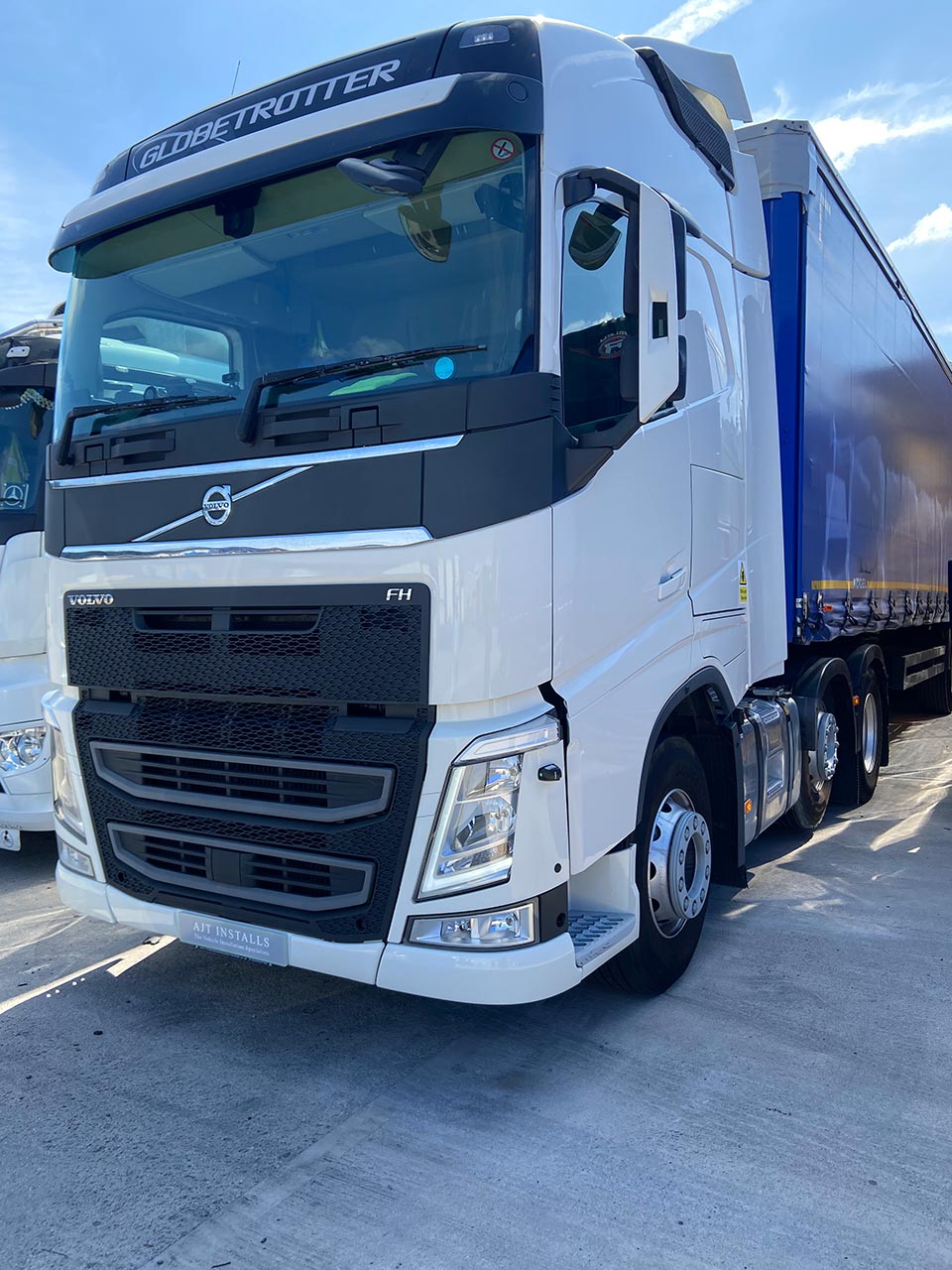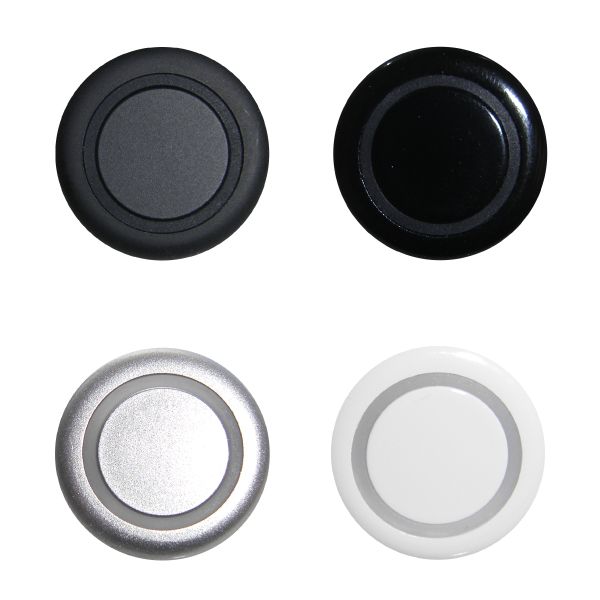
Among the many responsibilities of a Fleet Manager is the role of fleet driver management. Vehicle fleet management software like AJT Installs Tracker 365 provide important data to help Fleet Managers improve driver behaviour by identifying poor or bad driving habits.
This information can be used to create individual driver profiles and determine their training requirements. All Fleet Managers should make sure their drivers are driving to the best of their ability, so the fleet is running efficiently and at the lowest cost, while reducing the risk of a collision or harm to other road users.
All AJT Installs technicians have completed after-market vehicle fleet management software installations in many different transport sectors, so you can be confident that we will understand the individual requirements of your fleet.
Chat to us today to discuss how Tracker 365 can help to highlight bad driving habits and help your Fleet Manager to ensure the fleet is operating efficiently and safely.
Vehicle fleet management software and driver training
According to the AA, the main causes of road accidents is human behaviour.
What is even more worrying is that the AA reports that in 2012, the Department for Transport revealed that 42% of road accidents reported to the police involved drivers failing to look properly!
It is, therefore, no surprise that well-trained, consistent, and patient drivers are safer.
What’s more, accurate reporting of the number of hours spent behind the wheel can ensure fleet drivers get proper breaks at the right time, reducing the risk of driving while tired and diminishing the chance of a collision.
It is vital that professional drivers, (who spend the majority of their working day driving), receive targeted training, and are educated about the impact their driving habits can have on other road users.
Vehicle fleet management software data provides essential information on aspects of driver behaviour that can put other road users at risk and contribute to the risk of collisions.
The human traits that can contribute to poor driver habits or behaviour are:
- Speeding by ignoring the law, not realising the speed limit or lateness
- Distractions like eating or using a mobile phone not only divert attention away from the road, but they also result in drivers only having one hand on the steering wheel!
- Texting while driving is especially dangerous.
- Ingrained bad habits such as tailgating, last minute braking, etc.
- Not being ‘road aware’, for example, not looking properly at junctions, failing to see vulnerable road users, etc.
- Tiredness, which can result in slower reactions and a loss of focus.
- Drink/drug driving, leads to slower reaction times and a lack of awareness about what is happening, but can also induce risk taking behaviours.
Identifying these habits or behaviours can help Fleet Managers to put together effective training programmes through putting together full driver profiles, including risk profiles.
Reports from downloaded data shows whether drivers are engaging in risky behaviour such using a mobile, sudden braking, swerving out of a lane, or putting the general public at risk.
This enables Fleet Managers to select the most effective approach to training for individual drivers.
Vehicle fleet management software and changing fleet driver behaviour
In fact, many Fleet Managers find that driver behaviour improves just by having vehicle fleet management software installed.
Knowing they are being monitored makes drivers more careful and less inclined to take risks.
This all sounds great, doesn’t it, so how can fleet management software like the AJT Installs Tracker 365 help to improve driver behaviour?
Data from vehicle fleet management software is useful for changing fleet driver behaviour through education.
When drivers are made aware of the increased risk of an accident by driving when they are distracted or fatigued, and the impact of that behaviour on other road users, they can modify that behaviour to prevent actions which may cause a collision or injury to others.
Not changing bad driving behaviours can result in:
- Higher insurance costs
- Time taken away from important tasks to complete insurance claims
- Cost of repairing vehicles
- Impact on customer service when vehicles are out of action
- Effect on fellow drivers who have to fill in for those who are injured in collisions
- The impact on scheduled vehicle maintenance
- The cost of replacing damaged vehicles
- Legal proceedings
The benefits of safer drivers
Once Fleet Managers understand fleet performance, they can implement a strategy to tackle the causes of risky driving behaviour that uses education and training, corporate policies and procedures, and ensures legal compliance.
Companies can reap the rewards of having safe and considerate drivers by:
- Saving money through improved efficiency, including less wear and tear on vehicles which can prolong their working life, and reduce fuel costs through lower consumption.
- Reducing insurance premiums based on driver risk profiles.
- Minimising the fleet’s carbon footprint through lower carbon emissions caused by bad habits like excessive revving or speed and not driving on the brakes.
- Reducing costs per driver/vehicle because safer drivers have fewer accidents. As most vehicle collisions are caused by driver error, the effect of education and training can have a big impact on costs.
- Increasing driver morale through investing in employees. A company that provides training and incentives for good driver behaviour shows belief in their staff. A willingness to spend time and money on training encourages loyalty, so drivers stay with the company for longer, reducing driver turnover and recruitment costs.
- Fostering team relationships and camaraderie increases the sense of belonging. This is an important aspect of showing drivers how their actions impact others. Something which is not always apparent in a solitary profession.
- Improving communications for effective team building. By developing an understanding of the difficulties facing drivers, Fleet Managers will be able to encourage drivers who show improvement.
- By producing brand ambassadors for a company. Inconsiderate or bad driving of a liveried vehicle can damage the overall reputation of the company and even impact sales.
- Saving Fleet Managers time and the frustration of organising vehicle repairs, changing staff rotas to provide cover, and completing insurance claims.
With the Tracker 365 client portal from AJT Installs, data can be downloaded with a simple mouse click and used to produce reports about vehicles and drivers to give an overall picture of fleet performance and where improvements can be made.
Why not call us at AJT Installs to discuss the benefits of Tracker 365 to your fleet and we can show you how our vehicle fleet management software can help to maximise performance, improve driver behaviour, and reduce costs. In addition, every product bought and installed by AJT Installs technicians gives you complete peace of mind because of our minimum three year warranty.







